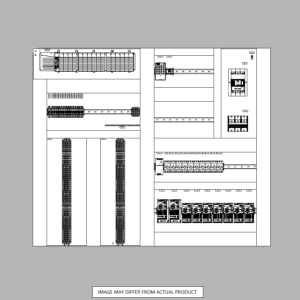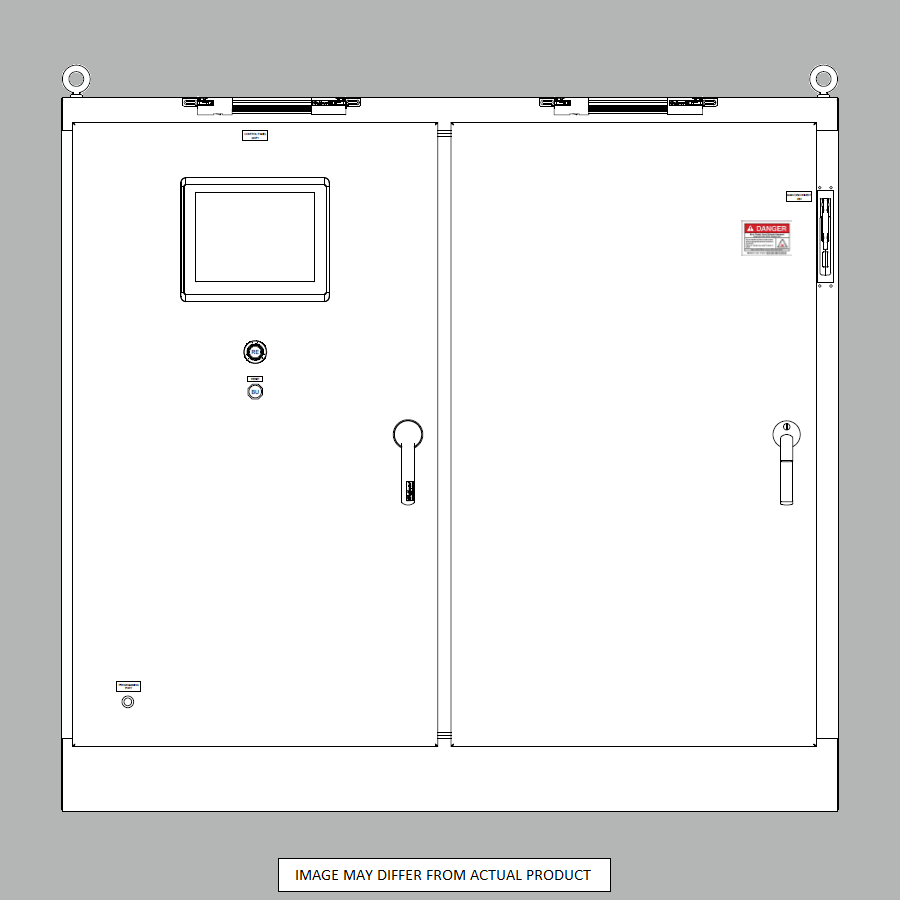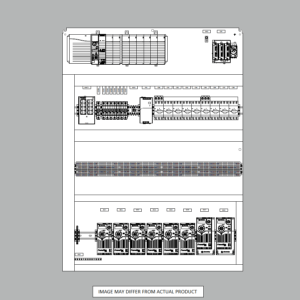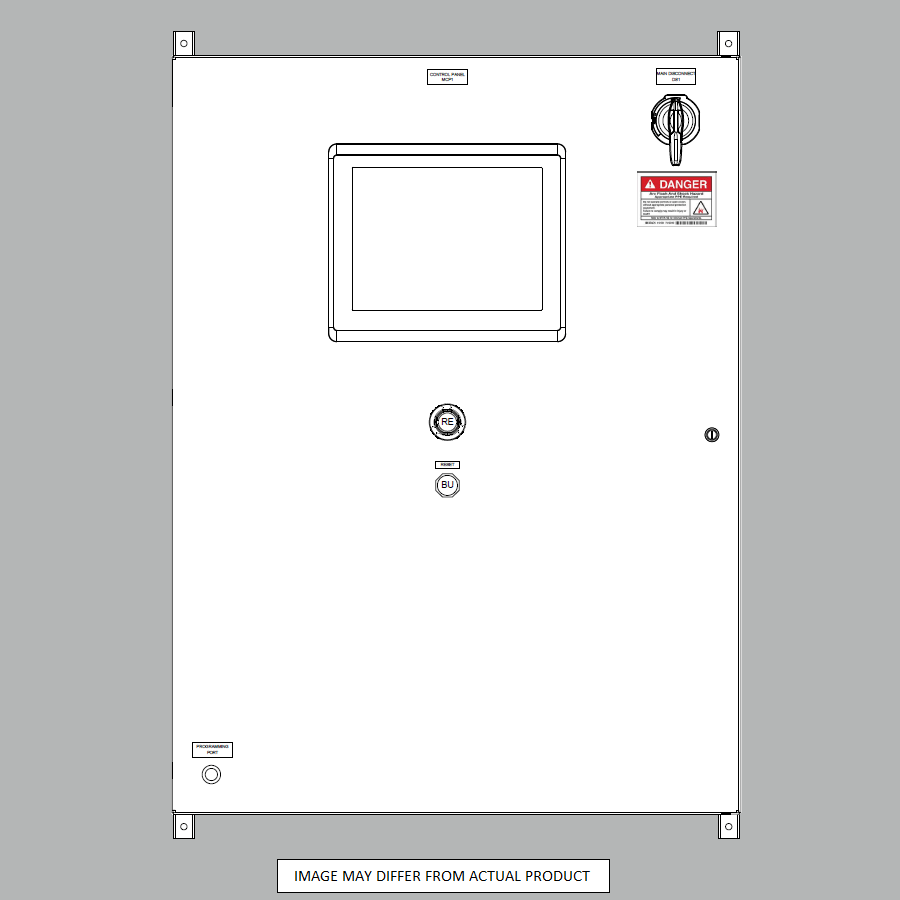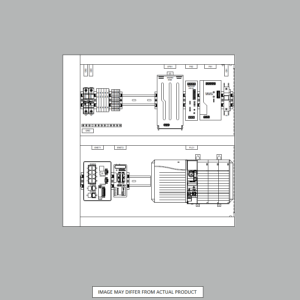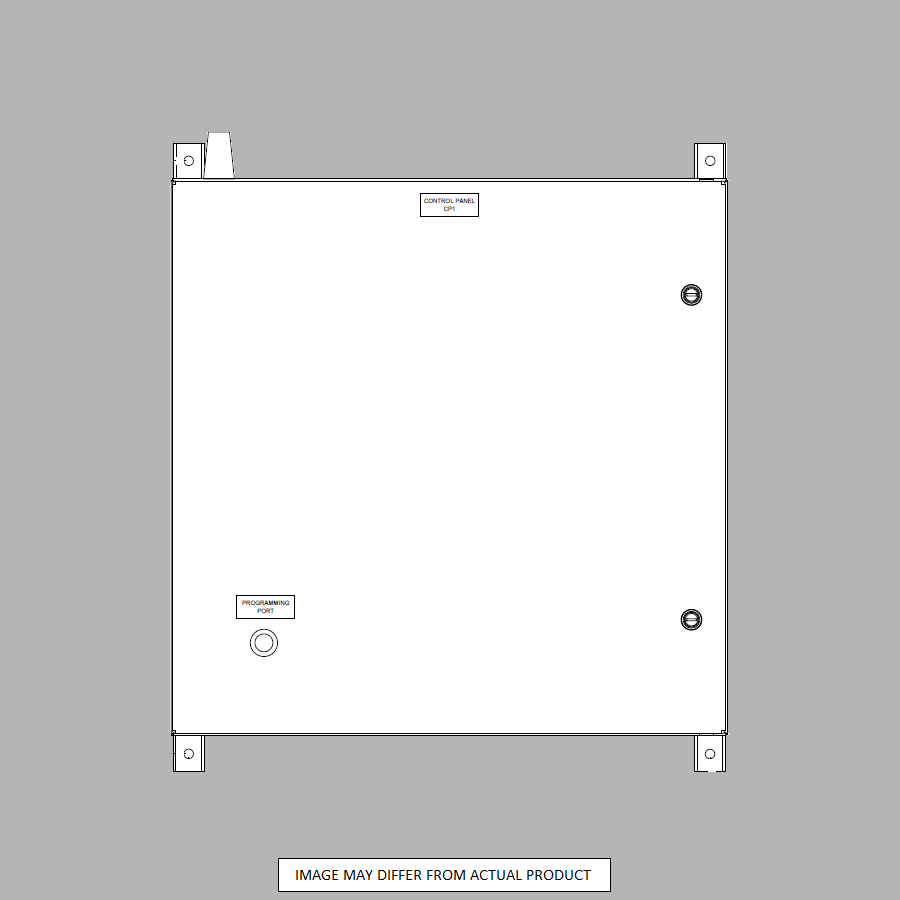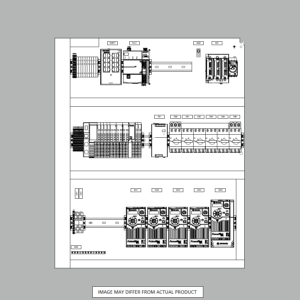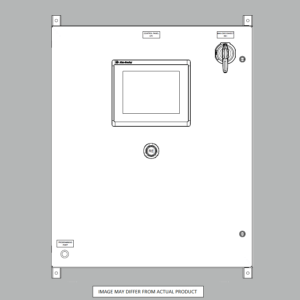How Automation Drives Growth in the Manufacturing Industry
In today’s fast-paced and highly competitive business landscape, manufacturers constantly seek ways to streamline operations, reduce costs, and improve efficiency. One key driver of success in this endeavor is factory automation. By leveraging advanced technologies and automated processes, manufacturing businesses can significantly enhance their productivity, quality, and competitiveness.
This blog post will explore factory automation‘s crucial role in driving business growth and efficiency within the manufacturing industry.
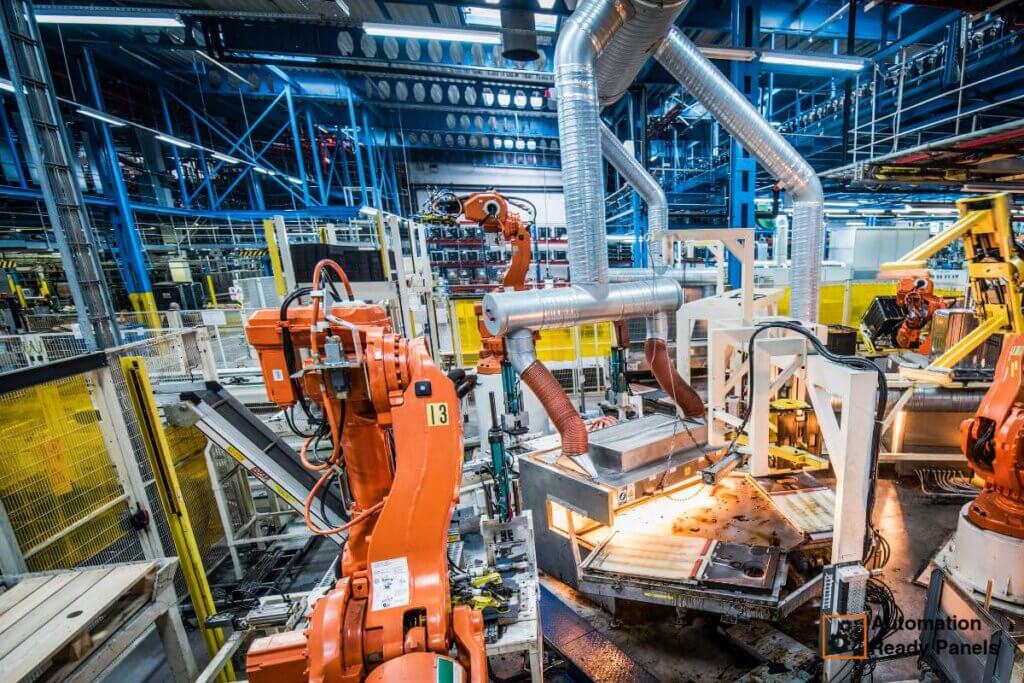
Definition of Factory Automation
Factory automation integrates various technologies and systems to automate and optimize manufacturing processes. It involves using robotic systems, automated machinery, computer software, and other advanced technologies to perform tasks traditionally carried out by human workers. Automation can minimize the risk of human error and enhance productivity and efficiency across business operations.
AI and Automation have become increasingly prevalent in manufacturing. Automation initiatives are also being implemented to streamline processes and drive business value. It also enables manufacturers to improve efficiency and productivity across their entire business. This is from manufacturing and production to product development and other key business areas.
There are various types of automation technologies used in factories, including:
- Industrial Robots: Programmable machines capable of performing complex tasks with high precision and speed.
- Computer Numerical Control (CNC) Machines: Automated machines that use computer programs to control the movement of tools for cutting, drilling, or shaping materials.
- Programmable Logic Controllers (PLCs): Digital computers used to automate and control industrial processes and machinery.
- Supervisory Control and Data Acquisition (SCADA) Systems: Software systems monitor and control industrial processes, provide real-time data, and enable remote operations.
- Automated Material Handling Systems: Systems designed to transport, store, and retrieve materials and products within a manufacturing facility.
Benefits of Factory Automation
Implementing factory automation offers numerous benefits that can drive business growth and efficiency. By adopting automation, manufacturing companies can unlock significant advantages and position themselves for long-term growth and innovation.
Improved Efficiency
- Reduced production time and increased output: Automated processes can operate continuously, resulting in shorter production cycles and increased output. Automation streamlines operations and minimizes downtime, which enhances overall efficiency.
- Minimized human error and defects: Automated systems are less prone to human error, reducing the likelihood of defects and ensuring consistent quality. Automation reduces the risk of human error, leading to improved product quality and customer satisfaction.
- Streamlined processes and enhanced productivity: Automation eliminates redundant tasks, streamlines workflows, and optimizes production processes, leading to increased productivity. Using automation to streamline business processes can unlock significant efficiency gains and cost savings.
Cost Savings
- Reduced labor costs: Automated systems can perform tasks more efficiently than human workers, potentially reducing the need for a large workforce and associated labor costs.
- Lower maintenance and operational costs: Automated systems are often more reliable and require less maintenance than manual processes, resulting in lower operational costs.
- Increased profitability: By increasing efficiency, reducing costs, and minimizing waste, factory automation can lead to higher profits and a stronger bottom line.
Improved Quality
- Enhanced product consistency and quality: Automated processes ensure consistent and precise execution, resulting in high-quality products that meet strict specifications.
- Better adherence to strict manufacturing standards: Automated systems can be programmed to follow specific guidelines and regulations, ensuring compliance with industry standards.
- Increased customer satisfaction: Consistently high-quality products and reliable delivery increase customer satisfaction and loyalty.
Scalability and Flexibility
- Ability to easily and quickly adjust production levels: Automated systems can be easily scaled up or down to meet fluctuating market demands, enabling manufacturers to respond rapidly to changes in demand.
- Flexibility to introduce new products and processes: Automated systems can be reprogrammed or reconfigured to accommodate new product lines or manufacturing processes, allowing for greater agility and adaptability.
- Improved agility and responsiveness to market demands: Factory automation enhances a manufacturer’s ability to respond to changing market conditions and customer preferences by enabling rapid adjustments and adaptations.
Embracing automation is becoming increasingly essential for businesses seeking growth and success in today’s competitive marketplace. Automation enhances efficiency, reduces costs, improves quality, and enables scalability – all critical factors for sustained business growth and success.
Challenges
While factory automation offers numerous benefits, potential challenges and considerations associated with its implementation must be addressed. Automation initiatives can sometimes be complex and require careful planning and execution.
- Initial Investment: Implementing automation technologies often requires a significant upfront investment in equipment, software, and infrastructure. A thorough business value assessment is crucial to justify the investment and ensure a positive return on investment (ROI).
- Integration with Existing Systems: Integrating new automated systems with existing processes and equipment can be complex and require careful planning and coordination.
- Workforce Considerations: Implementing automation may raise concerns about job displacement, requiring effective communication, training, and workforce transition strategies.
- Maintenance and Upgrades: Automated systems require regular maintenance, software updates, and potential hardware upgrades to ensure optimal performance and compatibility with evolving technologies.
- Cybersecurity Risks: Connected and automated systems may be vulnerable to cyber threats, necessitating robust cybersecurity measures and protocols.
- Change Management: Implementing automation often involves significant changes to business processes, requiring effective change management strategies to ensure a smooth transition and staff adoption.
Considerations
To overcome these challenges and ensure a successful automation strategy, manufacturers should consider the following:
- Conduct thorough cost-benefit analyses and develop a comprehensive implementation plan that covers their unique processes and business needs.
- Invest in employee training and re-skilling programs to facilitate the transition to automated processes and promote business differentiation.
- Prioritize cybersecurity and implement robust security measures to protect automated systems.
- Develop a maintenance and upgrade plan to ensure continuous system performance and compatibility.
- Collaborate with experienced automation providers and consultants for guidance and support throughout the implementation process.
- Establish clear communication channels and change management strategies to ensure buy-in and adoption across the business.
By addressing these challenges proactively, manufacturers can increase the likelihood of a successful automation implementation and maximize the benefits of increased efficiency, cost savings, and business growth.
Automation in Action: Real-World Examples
To illustrate the power of automation in driving business growth, let’s explore some real-world examples of how manufacturing companies have successfully implemented automation:
Peripheral Automation Fundamentally Streamlines Product Development
Peripheral automation streamlines product development by incorporating real-time customer feedback and market needs into ideas and initiatives. For example, a leading consumer electronics company leveraged automation to analyze customer data and market trends, enabling them to rapidly design and prototype new products that align with customer preferences. This approach allowed them to bring innovative products to market faster and stay ahead of the competition.
Robotic Automation Enhances Operational Efficiency
A major automotive manufacturer implemented a robotic automation system in their welding and assembly lines. This significantly improving operational efficiency and reducing production time. By automating repetitive and physically demanding tasks, the company increased output while minimizing the risk of human error and ensuring consistent quality.
Automating Business Processes Drives Significant Growth
A leading logistics company automated key business processes, including inventory management, order processing, and shipping operations. The company’s embrace of automation streamlined its operations, reduced labor costs, and improved delivery times. As a result, it was able to scale its operations more effectively, expand into new markets, and drive significant revenue growth.
These examples demonstrate how automation can unlock substantial business value across various industries and processes. By leveraging automation’s power, manufacturing companies can improve efficiency, gain a competitive edge, accelerate innovation, and drive long-term growth and success.
Conclusion
Factory automation has transformed the manufacturing industry, offering many benefits that can drive business growth and success. Automation enhances efficiency, reduces costs, improves quality, and enables scalability. All critical factors for sustained business growth and success in today’s competitive marketplace.
The benefits of factory automation, including increased efficiency, cost savings, improved quality, and scalability, are essential for manufacturers to remain competitive and meet evolving business needs. However, addressing potential challenges and considerations associated with implementing automation technologies is crucial to ensure a successful and sustainable strategy.
As the manufacturing landscape continues to evolve, embracing factory automation is becoming increasingly important for businesses seeking to stay ahead of the curve. By investing in automation technologies and developing a comprehensive implementation plan, manufacturing companies can unlock new productivity, efficiency, and profitability levels, driving their businesses toward sustained growth and success.
Remember these key points about factory automation and its role in driving business growth:
- Automation streamlines manufacturing processes reduces costs, and improves efficiency across the entire business.
- Automated systems enhance product quality, consistency, and adherence to industry standards, leading to increased customer satisfaction.
- Flexibility and scalability enable rapid adjustments to production levels and the introduction new products.
- Potential challenges include initial investment, integration, workforce considerations, maintenance, and cybersecurity risks.
- Effective planning, employee training, cybersecurity measures, and expert collaboration are essential for successful implementation.
- Embracing factory automation is crucial for manufacturers to stay competitive and drive business growth in today’s dynamic market.
Talk to Automation Ready Panels today. See how your factory operations and productions can still be improved to increase efficiency and save cost. We have automation experts that can help you with any aspect of your factory’s operations requirements.
-
Large Process Automation: Panelview 5000, ControlLogix 5580
$24,073.00 Select options -
Small Process Automation: Panelview 5000, ControlLogix 5580
$20,321.00 Select options -
Small Process Automation: ControlLogix 5580, UPS Battery Backup, Cellular Modem
$18,999.00 Select options -
Advanced Automation: Panelview 5000, Safety CompactLogix 5380
$10,269.00 Select options

